Call Us : 08045816053
Showroom
Our Titanium Dioxide is utilized in the scope of uses that require elevated brightness and opacity. Nevertheless, most items and surfaces that are pastel and white contain our dioxide. This is utilized in coatings, paints, cosmetics and many more products.
The offered Fumed Silica is utilized in Gelcoat and lamination applications. It delivers appropriate rheological control while accomplishing ideal shear diminishing and improving the application.
Our organization present to you our high-value Stearates Chemicals which is a necessity to most industries. Being one of the most reliable suppliers exporting this product, we offer various metal stearates with functions of lubrication and stabilization.
Calcium Carbonates from our portfolio offers great performance across various verticals. Get high-purity carbonates that enable greater manufacturing efficiency and technical and service support to help you achieve it. The offered compounds are available in different sized packages as per clients demand.
Our Barium Sulphate is ingested by mouth or directed rectally and blended with granules of bubbly bicarbonate to improve GI tract distension, permitting for upgraded gastrointestinal tract representation.
Natural Barium Sulphates are an important type of mineral used in many areas of industry for various purposes. Provide high-quality barytes with high density, chemically stable, and can act as a shield against gamma rays.
Polyethylene Wax Compounds are high-performance additives improve or indicate lubricity, surface scratch or mar resistance, and surface finishes of plastics, coatings, and rubber goods. For efficient processing of products and with the flexibility of modifying to the requirements of various processes, our compounds enhance the production and quality of products.
The provided Industrial Chemicals can be blended with different chemicals to deliver a suitable and effective solution for further application. Moreover, these chemicals are carefully formulated and measured to provide perfect outcomes.
Our Chemical Wax Powder is made with elevated pressure ethylene polymerization method. It is exceptionally inferred and has steady atomic structures that are being made with the best methods. This is solid and does not pale with time.
Learn the natural influence of our Incan preservatives, botanical blend informed by ancient wisdom. This plant-based alternative is ideally suited for skincare and cosmetics and acts as an effective preservative without harsh chemicals. Go for clean beauty with our Incan preservatives, ensuring a lasting and pure formula the natural way.
Triglycidyl Isocyanurates are important curing agents for powder coatings and one of the most useful types of cross-linkers providing great mechanical strength and chemical stability. Guarantee of superb adhesion, weathering ability, and high gloss, offer coating manufacturers our broad range of solutions to fulfill their needs.
Our Hydrogenated Castor Oil is gotten from castor beans that are ordinarily a fluid at room temperature. It has been made by adding hydrogen to produce it progressively steady and increases its dissolving point.
The provided Biocide can render and deter controlling and harmless impact of organisms by either biological or chemical methods. It is industrially imperative as a preservative, oxidizing agent as well as disinfectant.
We are providing high-quality Barytes compounds that provide excellent densities coupled with purity for use, especially in drilling fluids, paints, and coating. This has made it possible to attain high specific gravity, and this makes the product stable in industries leading to improvement of quality.
Red Iron Oxide pigments we provide have loyal followings because of their brilliant hue and good light fastness. Ideal for use in paints, coatings, construction-related products, and others, it has excellent tinting strength and UV stability thus providing your projects with long-lasting, rich color.
Our Talc Powders are quality minerals that find application in cosmetics, ceramics, as well as in different industries. They have a very small particle size and very good absorbing capacity and thus can be used to control the consistency of some products and to provide a good surface finish.
The Benzoin Degassing Agents are developed to remove pinholes and surface defects on powder coats. These are used to improve the smoothness of the coating, make the film clear, and give a perfect finish. These agents can be used with different powder systems, and they are optimal for manufacturers who want to achieve a consistent coating performance and visual excellence.
Silicon Dioxides are high-purity additives that are applicable in coating, plastics, and construction applications. They enhance hardness, abrasion resistance, and mechanical stability. These materials have an outstanding dispersion and a chemically inert character, and are needed to improve durability and performance in an industrial formulation.
Flowing Agents are prepared to increase the smoothness and level of coatings and powder application. They stop the surface irregularities to give the film a uniform appearance. With its designed efficiency and compatibility, these additives promote the product finish, stability, and overall aesthetic quality in industrial coatings and paints.
Benzoins are good degassing agents when it comes to powder coating, as they ensure that the bubbles do not appear during the curing process. They increase the smoothness of the surface and the integrity of the films and boost the appearance of the coating. These additives are applicable to various resin systems to achieve a high quality of finishes with few defects and maximum coating efficiency.
Micronised Matting Agents are new, improved additives, which dull the surface gloss of paints and coatings to give an even matte appearance. They have great dispersion, scratch resistance, and texture. They can be used as both decorative and industrial agents, and they provide aesthetic consistency and professional performance.
Barytes Powders are mineral fillers that are high-density, enhancing strength, smoothness, and chemical resistance within the coating, plastics, and construction materials. They offer excellent coverage and wearability and enhance the stability of the formulation. The purity, small particle size, and reliability of these powders have made them highly appreciated.
Calcium Formates can be described as multi-purpose additives that are used as accelerators in cement, mortar, and concrete works. They enhance quicker setting, superior early strength, and superior workability. These chemicals are known to be stable and compatible, and they are needed in the construction of modern buildings and dry mixes.


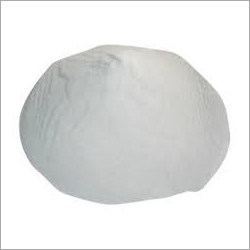

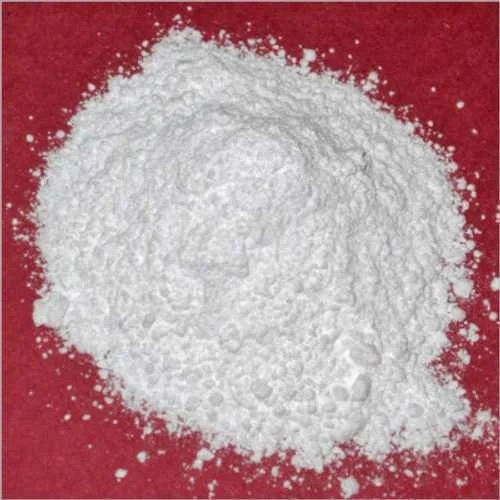
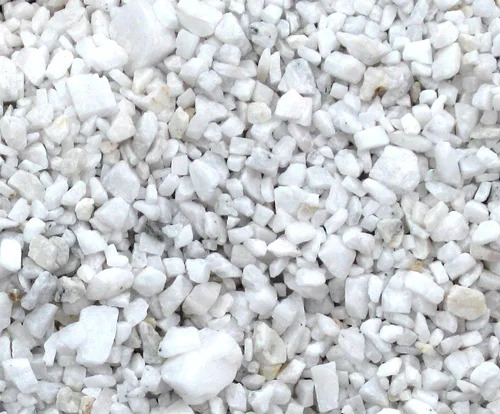
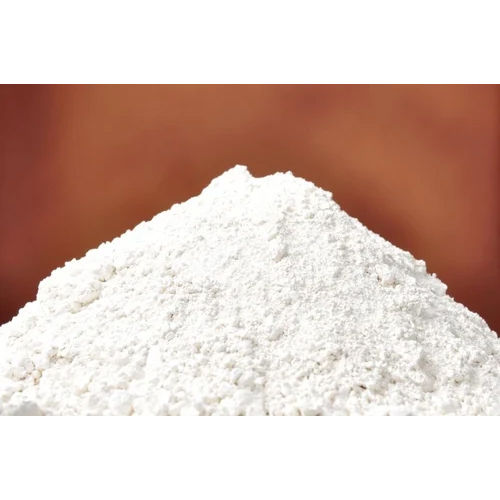
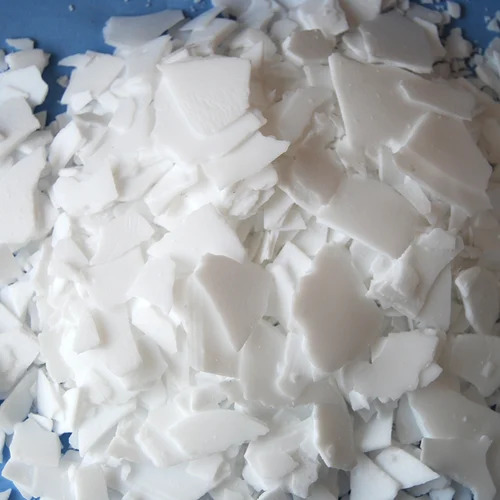
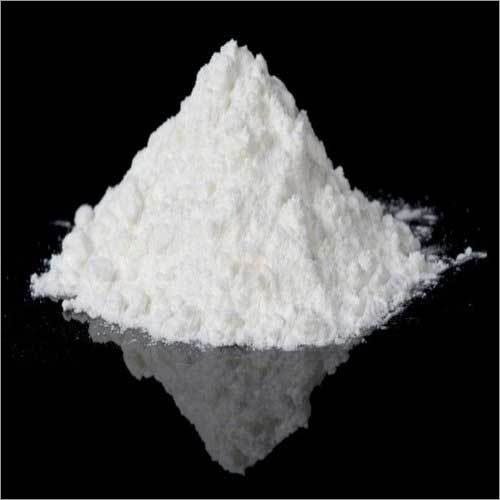

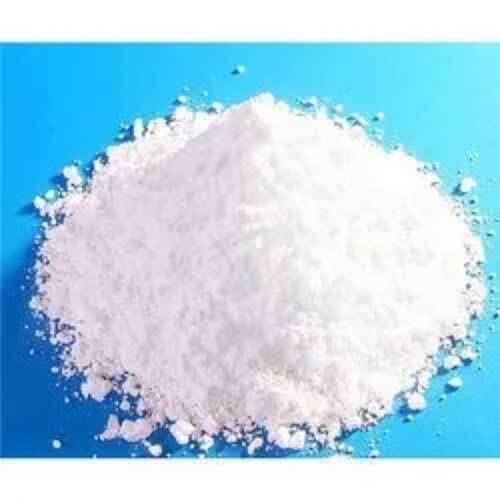


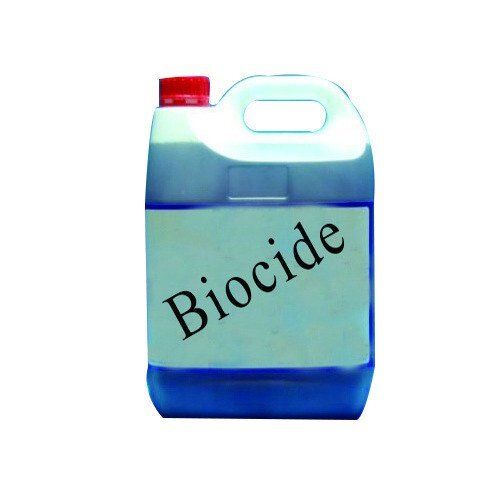
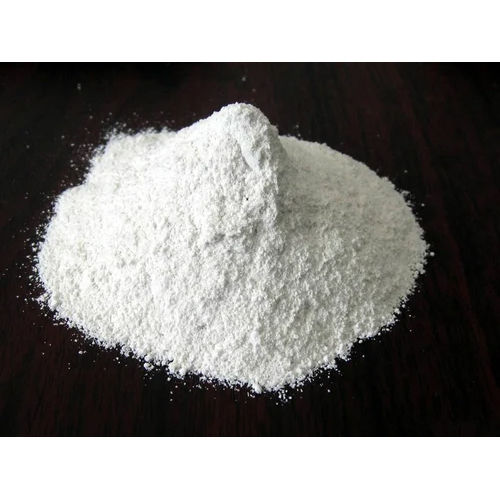
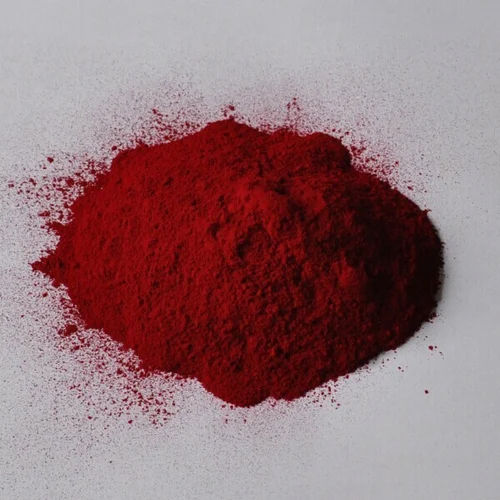

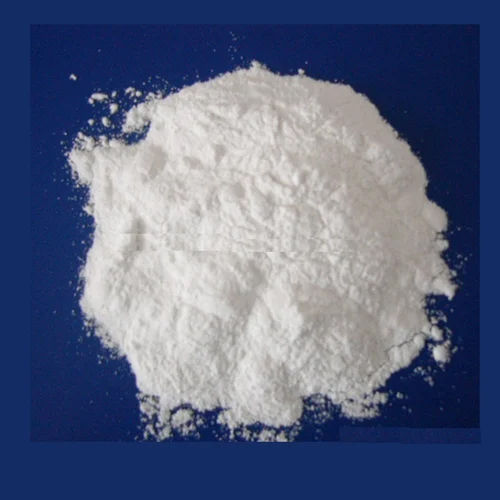

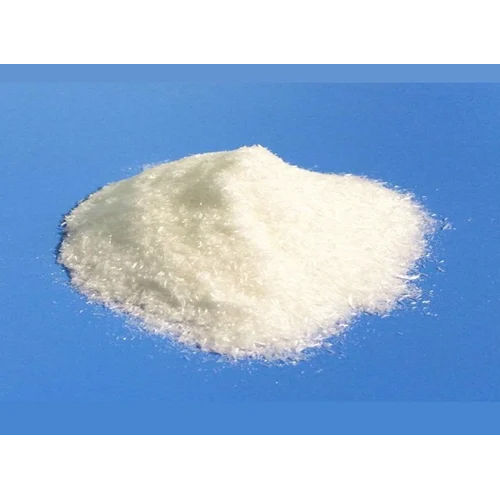
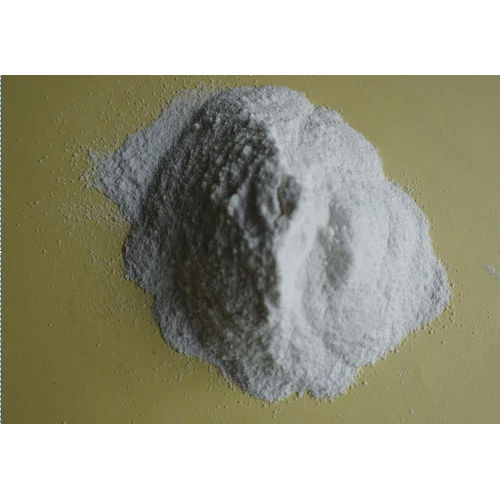


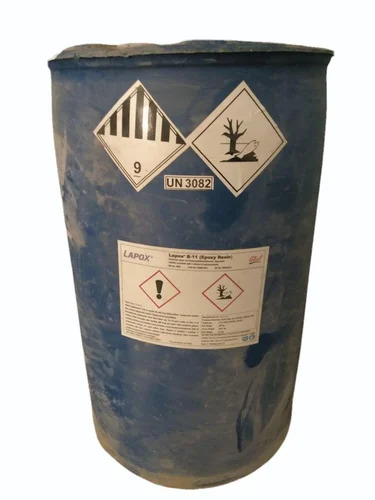
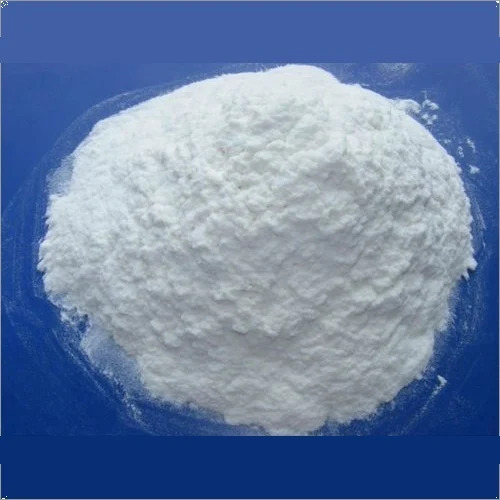

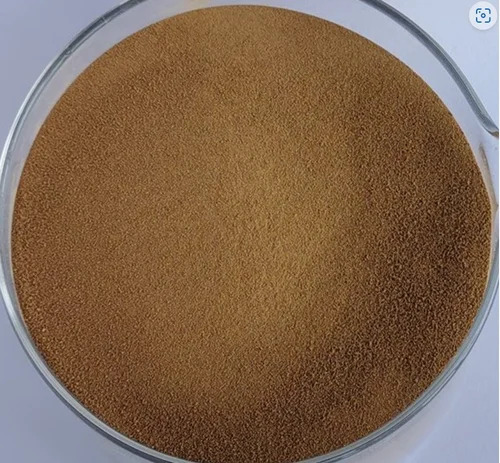
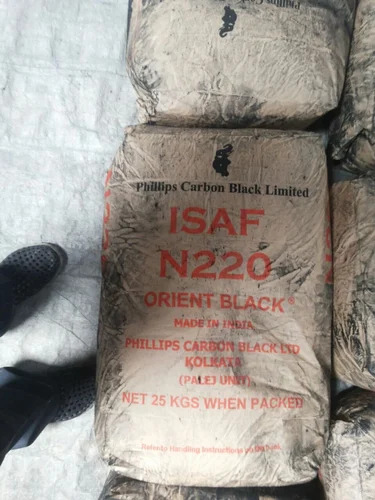
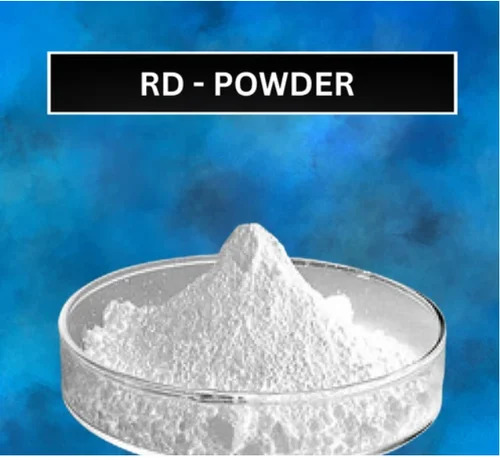
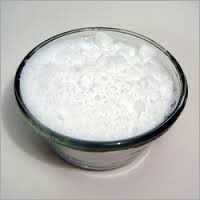
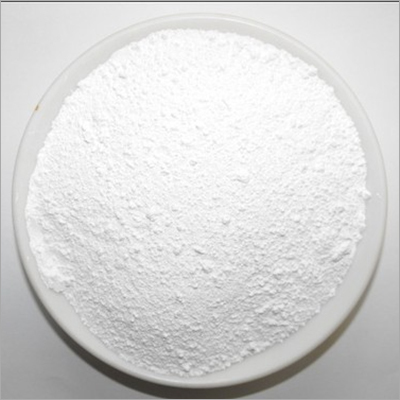

 English
English Spanish
Spanish French
French German
German Italian
Italian Chinese (Simplified)
Chinese (Simplified) Japanese
Japanese Korean
Korean Arabic
Arabic Portuguese
Portuguese

